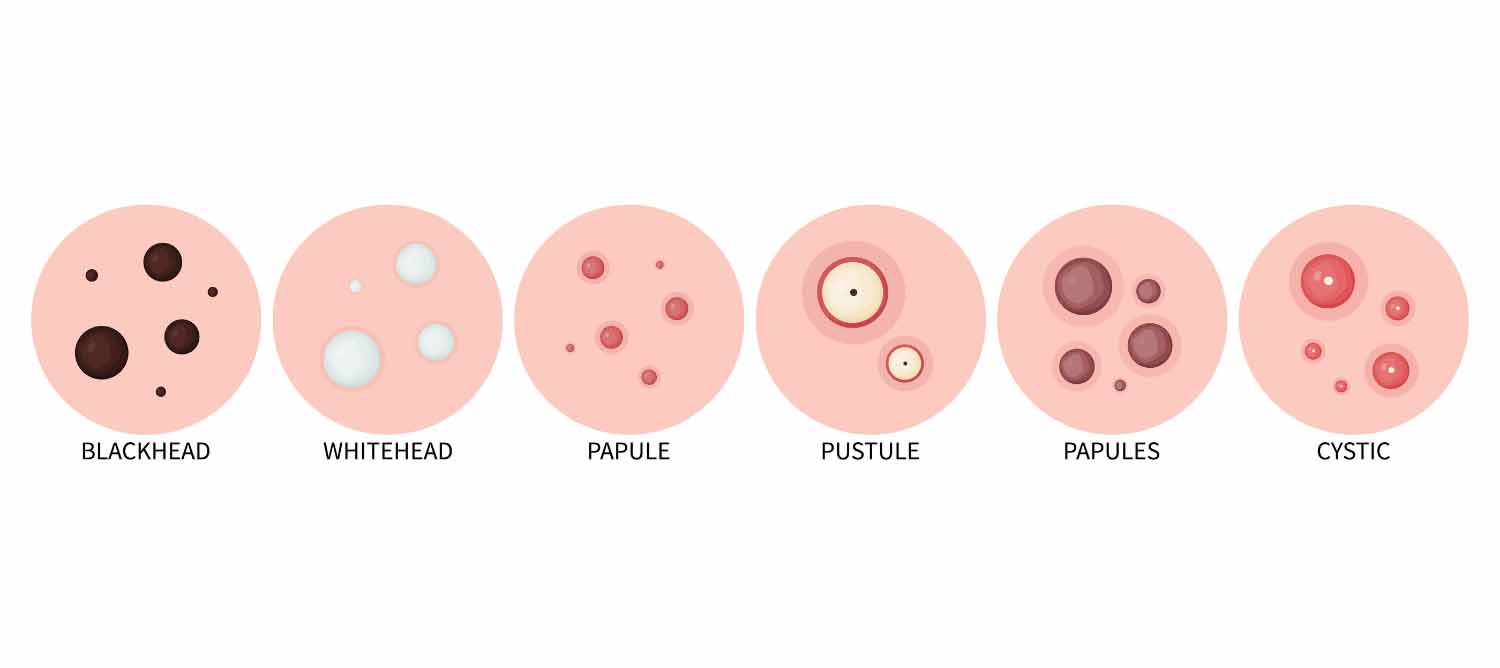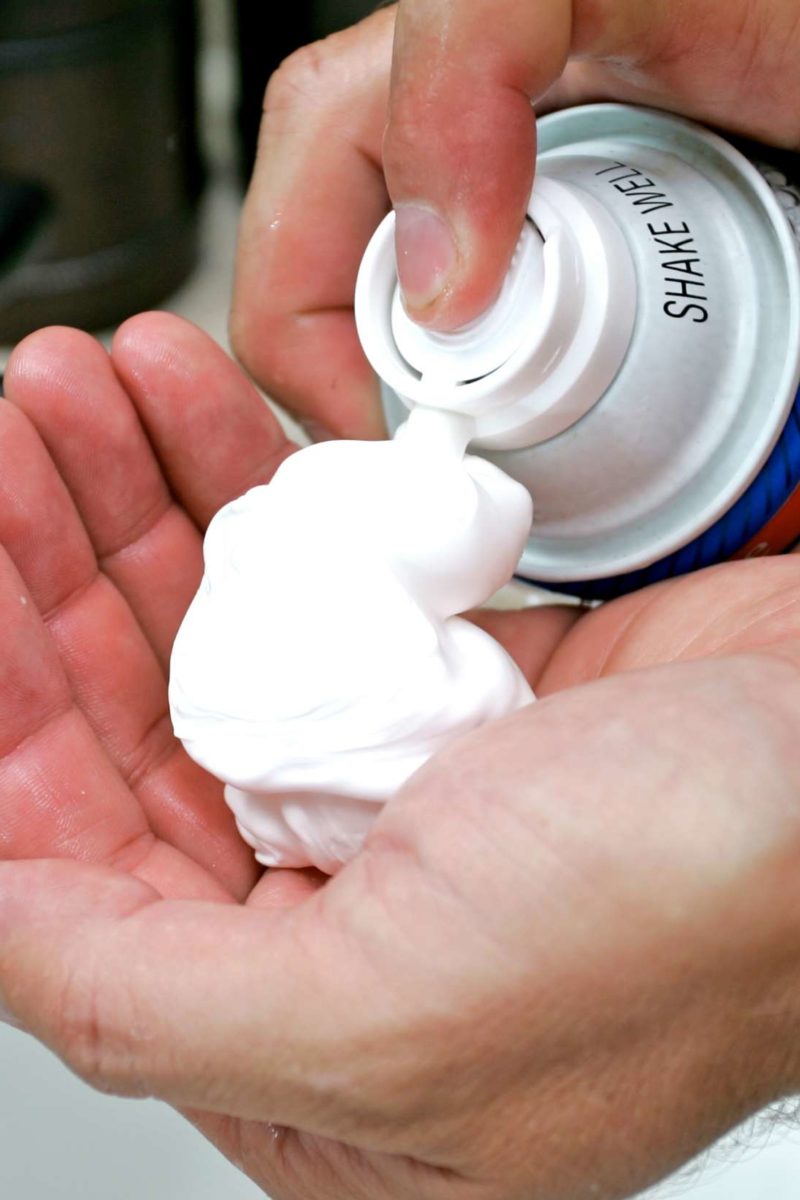Table Of Content

If you notice changes to your skin in this area, it’s important to see your doctor to find out what’s causing it. You should seek treatment for bumps that don’t heal or keep coming back. Bumps on the mons pubis, a fatty tissue layer covering the pubic bone, can be caused by a cyst or boils and are typically harmless. But if you consistently observe bumps, you may want to see a doctor. Ingrown hairs cause bumps, which are often itchy, where a hair has grown back into the skin. There are things you can do to treat and prevent them and in most cases you will not need to a see a GP for treatment.
Ingrown hair
Your health care provider is likely to diagnose ingrown hair by looking at your skin and asking about your hair removal habits. Using gentle methods like applying a warm compress and hydrocortisone cream can help ease symptoms. Electric clippers can be used to remove hair close to the skin without causing trauma or aggravating any existing bumps or ingrown hairs. To prevent ingrown hair bumps, try these tips every time you shave. The signs of an infection include a darkening of the skin, swelling, redness, and painful bumps filled with pus. The chances of an infection increase if you scratch or pick at the sensitive area.
What causes bikini line cysts?
While most cysts are harmless, the bumps that appear along your bikini line may become a bigger issue if you try to squeeze or pop them. It’s also important that you see a dermatologist for any lumps that are bothersome or look unusual. Our experts continually monitor the health and wellness space, and we update our articles when new information becomes available. If your cysts are hereditary, you may need ongoing treatments as they recur. If home remedies aren’t helping and the cyst does not appear to be healing, see a doctor. They can prescribe antibiotics to clear up the infection and/or determine if the cyst needs to be surgically removed.
How can a person draw out an ingrown hair?
It’s important to take your full prescription, even if you see improvement in your symptoms after a few days. See your doctor for a follow-up visit if the infection worsens despite antibiotic treatment. A few types of cysts can develop along your bikini line. While cysts may go away on their own, talk with a healthcare professional if they cause discomfort or grow in size.

Some health experts recommend retinoids, which are derived from vitamin A, as a cure for many skin problems. Retinoids can help exfoliate your skin cells and clear up dark skin patches. Try not to pluck it out completely until the area is healed, or the skin will heal over the hair again. These are used for cysts that are large, red, and inflamed.
Exfoliating your skin removes a dead layer of skin cells and helps release ingrown hairs. Use warm — not hot — water and small, circular motions to wash your affected areas with a washcloth, exfoliating brush or exfoliating gel or scrub. A nongreasy moisturizer can get reduce dead skin cells, which often clog follicles and contribute to ingrown hairs. Some razors are designed to reduce the risk of ingrown hairs. You can try one of these special razors, or just buy a single-bladed razor.
Ingrown Pubic Hair: Causes, Treatment, and Prevention
Ingrown hairs are most common in areas of hair removal, such as the face, legs, armpits, and pubic region. They also occur more often in men who shave their beards. Shaving and waxing creates sharper hairs that tend to get trapped in the skin. Typically, new hair grows straight out of the follicles in the skin.
Things you can do to treat and prevent ingrown hairs
Most ingrown hairs resolve once a person stops removing their hair, giving the damaged follicles a chance to recover. Anecdotally, ingrown hairs can last for months or years in some cases. Here are some frequently asked questions about ingrown pubic hair. People with curlier or coarser pubic hair are also more likely to experience ingrown hairs.
If the folliculitis is widespread or lasts longer than a few days, a doctor’s visit may be necessary. They can prescribe an antibiotic or antifungal cream to help clear up any underlying infection. Cysts are typically noncancerous and can be filled with a variety of things, including fluid, tissue, or bone. While small boils often resolve on their own, your doctor may need to drain larger boils. Similar to SPD, osteitis pubis is usually treated with rest, followed by gentle strengthening exercises. Anti-inflammatory medications, including nonsteroidal anti-inflammatory drugs (NSAIDs) or corticosteroid injections, can also help manage inflammation.
Some habits, such as using a clean razor to shave, may help prevent future ingrown hairs. It can develop into a swollen, painful spot with a white or yellow pus-filled tip. Boils tend to get large — some might get as big as two inches or more. You may be able to get an idea of the type of ingrown hair cyst you're dealing with depending on where it is located on the body and what it looks like. An ingrown hair is a place where hair has gotten trapped under the skin.

Instead, gently scrub the area with warm water and soap. This can help ease the ingrown hair out of the skin on its own. Staphylococcus (staph) infections can occur with an ingrown hair. Staph is typically present in your skin flora, but it can’t cause an infection unless it enters a break in the skin. For a severe infection, they can prescribe medication to treat it and coax the hair out.
How a small molecule can induce UV-free tanning - Medical News Today
How a small molecule can induce UV-free tanning.
Posted: Tue, 13 Jun 2017 07:00:00 GMT [source]
Gently wash and exfoliate around the area to help the hair return to the surface of the skin. Any bump that changes in size, color, or texture should be examined by a dermatologist to rule out other conditions.
So it’s important to follow a doctor or healthcare professional’s directions. When it comes to razor bumps, the cause is usually improper hair removal techniques. The hair grows from the bottom of your pore and is kept bathed in sebum secreted by the pore. A dermatologist may recommend draining the fluid from the cyst by making a small incision. Sometimes, a doctor uses a small needle or blade to free the ingrown hair. Similar to boils, smaller cysts may go away on their own.
If you develop a cyst where you have an ingrown hair, this usually means the infection is deep into the skin. Some people are more at risk for developing ingrown hair. The texture of hair in your pubic area is already quite coarse and it becomes even coarser for people with thick, curly hair. This makes them more susceptible to developing ingrown pubic hair.
However, you may need to see a healthcare provider to treat an ingrown hair cyst that's hard to get rid of. You do not usually require any treatment for ingrown pubic hair. You may need to talk to your doctor though if you have developed an ingrown pubic hair cyst because you may have to seek treatment for the infection. Here are some suggestions about how to deal with ingrown pubic hair. Razor bumps and ingrown hair cysts can take several days or even weeks to fully clear up on their own. Timely treatment can help get rid of them and prevent them from returning.

No comments:
Post a Comment